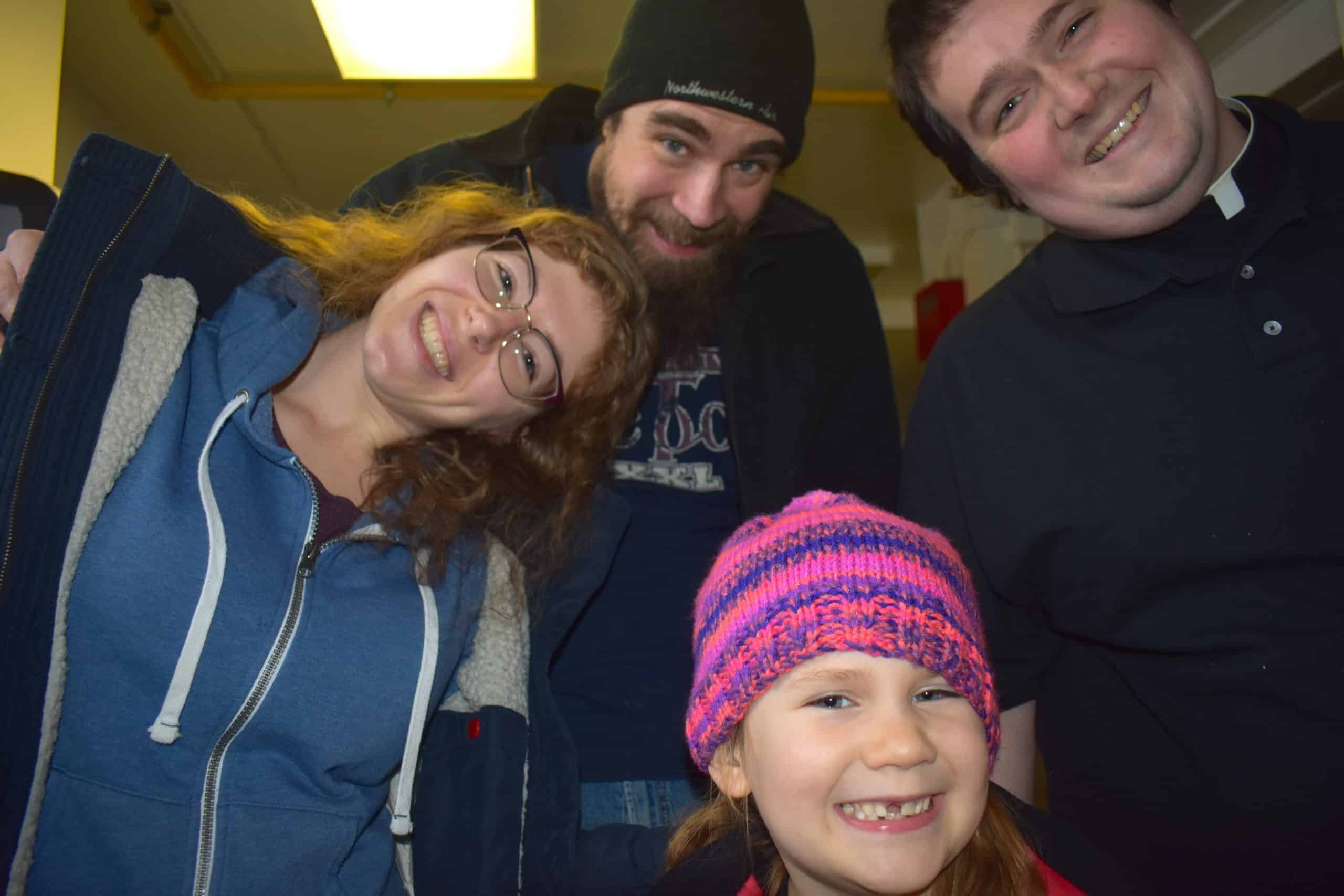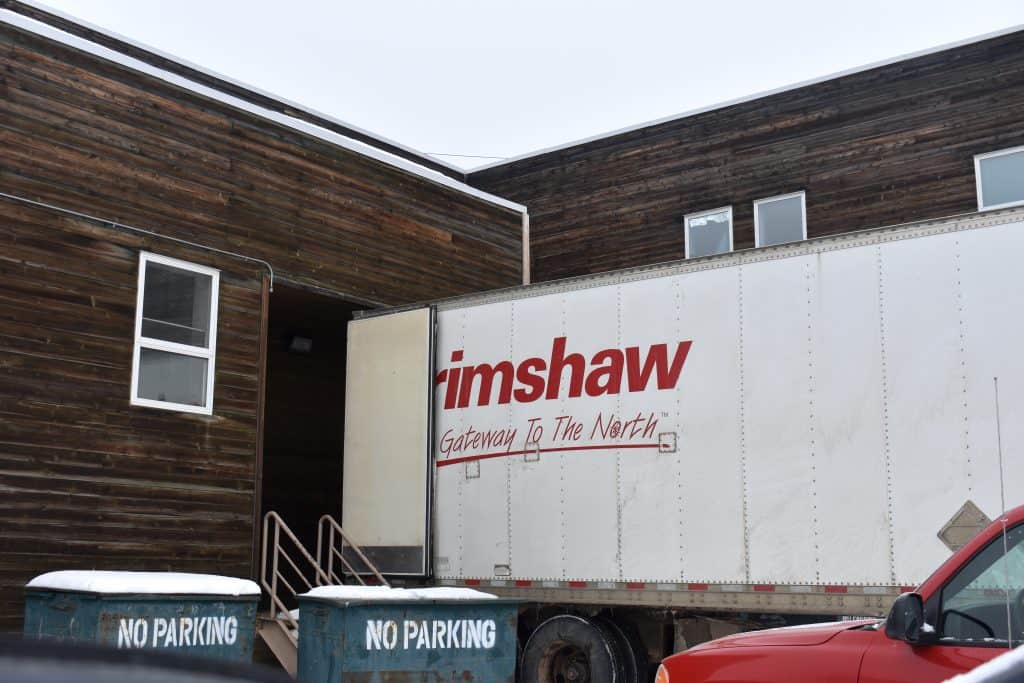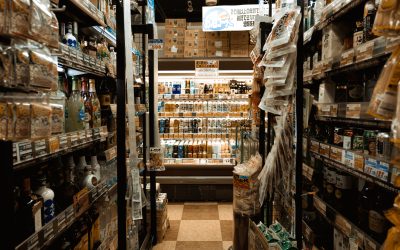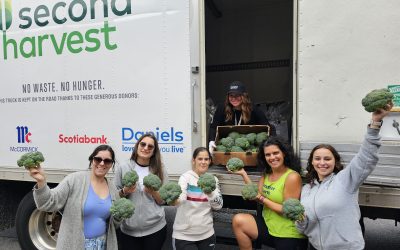When Alex Pryor, an Anglican pastor in the remote northern community of Fort Smith, Northwest Territories, received a phone call from Second Harvest food rescue inquiring if there was a need in the community for nearly 6,000 pounds of frozen food, he nearly fell off his chair.
The community has had a miserable year, says Pryor, unlike any other and the timing was “an answer to prayer”. The church-run food bank in Fort Smith also supports the community of Fort Resolution, a few hours away along the shoreline of the Great Slave Lake.
Remote communities battle the pandemic, floods and lack of food
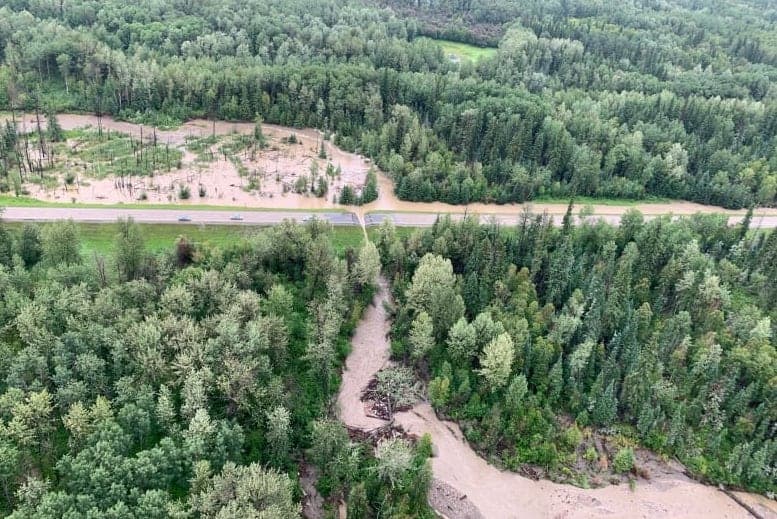
It’s been a tough year for those living near the second largest lake in Canada (also the deepest in North America) for many reasons.
Waters have run high—more than a third of a metre higher than last year. This was mostly due to natural ecological reasons such as a reconnection of lakes and ponds which were isolated during low water years and are now flowing back to ‘The Big Lake’, as it’s known to locals. Likewise, hunting and fishing have ground to a halt and freezers in most homes are empty.
Transporting frozen rescued food to empty freezers in remote Canada
When Second Harvest’s Wendy Erlanger, Head of Operations for Manitoba, Saskatchewan and Northwest Territories, made the call to Alex to ask about food rescue services in his community, he responded with a resounding “absolutely, yes!”
The plans were then put in motion to distribute the food rescue shipments from Regina, Saskatchewan, primarily made up of fish (trout, flounder, salmon) and chicken. Alex and the food bank volunteers reached out to the community to find refrigeration space for the frozen food and make a plan for distribution.
“My goal is that freezers in homes will be filled as in a normal year,” he told us.
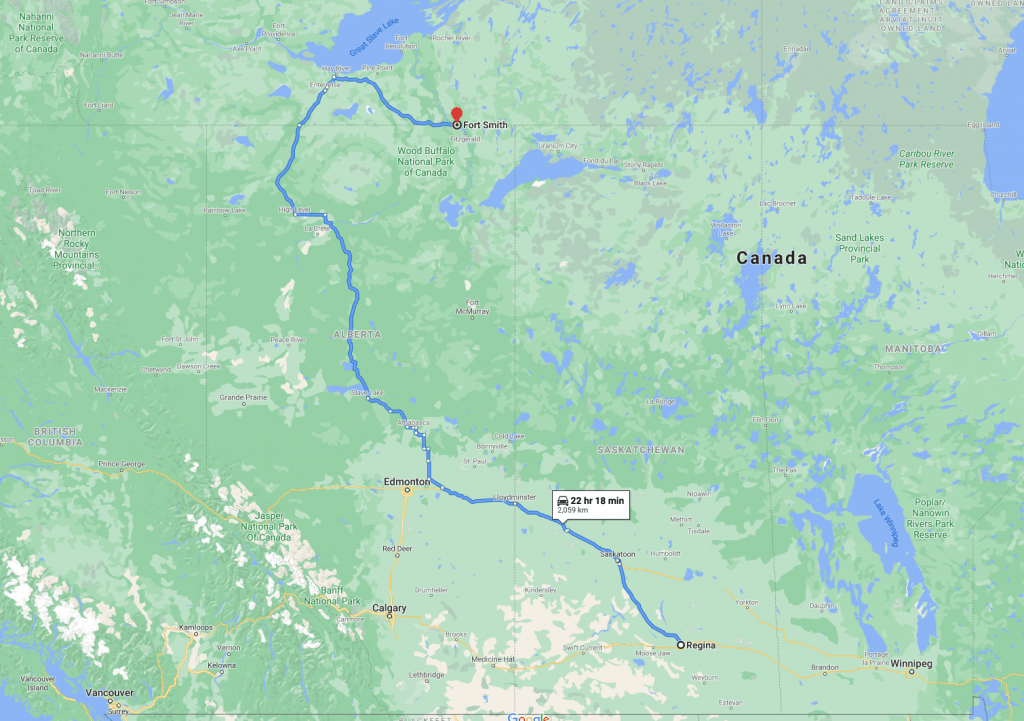
A letter of thanks from a remote community in a time of need
The following heart-warming letter from Alex was sent to Second Harvest, re-affirming the critically important work of the outreach and support to remote communities, particularly those affected by particularly hard times. Here’s what he wrote to us:
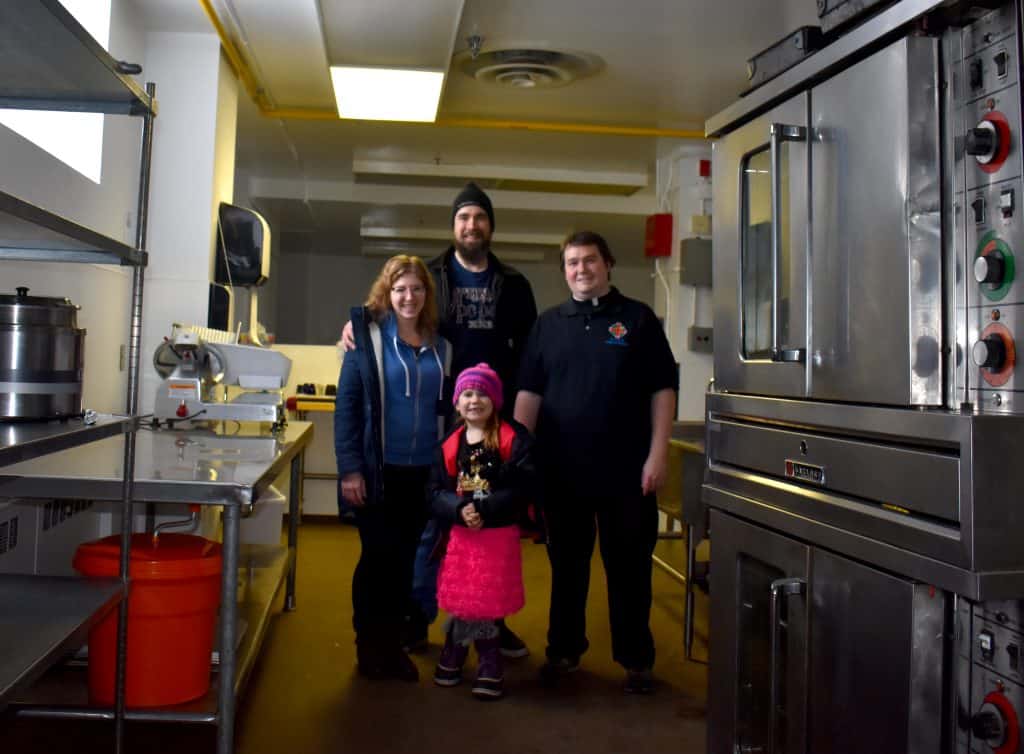
On top of everything else that 2020 has brought our way, the wet weather and short spring brought the highest water levels on the Slave River and Great Slave Lake. The water rose to spring-melt levels and is only now just starting to drop, because of high rain and snowy winter in northern B.C., which flows east through the Peace River, until it joins the Athabasca and turns north towards the Arctic.
The high water has stirred up historic levels of mud and sediment. One of the huge local impacts is that the fishing has been awful with the murky water in rivers and streams, while fishing on the Slave has been downright dangerous with the amount of timber flowing through the current. People usually end the summer with a freezer stocked with pickerel, and our community bulletin board is usually full of offers from young people sharing their catch with elders. The catch was so bad this year that there’s nothing to share.
To make matters worse, the river still being at spring levels means the fall hunt isn’t going well. For generations, people have used boats to hunt moose along the Slave River, but with so much water still higher up in the woods, the moose aren’t walking along the river. I’ve only heard of one moose caught in town so far, though I know at least two dozen guys who have gone out hunting … some to find that their remote cabins along the river have been washed away! I’m told even the bison hunt is slow because some of the backcountry trails are still flooded with standing water.
The bottom line is, on top of the pandemic, airline lay-offs, construction projects on hold due to soaring lumber costs, a quiet fire season (this is a way good news, but also lost income and early lay-offs for seasonal woodland firefighters) and a failed tourism season, anyone depending on traditional sources of protein is heading into winter with an empty freezer.
The call from Second Harvest was certainly an answer to prayer—when I called the lady who runs our food bank, she could hardly hold back tears. She had gotten calls from people in Fort Resolution (a Dene community of 470 located 300 km north of us) asking if we had extra food to share since their community doesn’t have a food bank. Now we can help the elders and low-income folks of both communities.
–Alex Pryor


